#forest logging
Explore tagged Tumblr posts
Text
sci-fi horror novel where astronauts are finally able walk onto the surface of Mars, except when they start extracting rocks and minerals for testing, they find themselves upon the discovery of human bones.
A graveyard of a land before Eden
2 notes
·
View notes
Text
forest management
nerdy about nature
5K notes
·
View notes
Text
I am absolutely fascinated by the ecological recovery of the immediate blast zone around Mt. St. Helens. It was wiped clean of almost all life during the 1980 eruption, and in the aftermath it was decided that this area would be allowed to recover on its own, rather than being deliberately replanted by timber companies with a monoculture of Douglas fir, or by conservationists with a biodiverse array of native plants. This means the area is giving scientists an unprecedented close-up look at how an ecosystem recovers from such a massive natural disturbance.
This isn't to say there haven't been a few nudges by human activity. Rumor has it that local fishing clubs sneaked up to Spirit Lake and illegally stocked it with trout, though I've also heard claims that they arrived from a nearby stream, possibly originating from the higher elevation St. Helens Lake (which may itself have been restocked by humans.)
But the single day--two years after the eruption--that a batch of northern pocket gophers spent on the mountain made a big difference in the recovery of plant communities. (By the way, the picture in the article appears to be a ground squirrel, not a gopher.) Over forty years after their sojourn, the sites they were temporarily introduced to show much better plant growth due to the mixing of the soil microbiome, to include mycorrhizal fungi, bacteria, and other microbes. This microbial jump-start was caused by the gophers' digging, demonstrating why fossorial (burrowing) animals are so important to ecosystems. Without them, soil microbial communities can stagnate, and in the case of areas damaged by massive disasters, a lack of fossorial species can make recovery take much longer.
Speaking of disasters, scientists also found that forests that had been clearcut prior to the eruption had poorer, less diverse microbial communities than areas that had been more mature or old-growth forests, even when both areas were given the gopher treatment. This is yet more evidence that clearcutting forests is terrible for local ecology, because it not only removes entire ecosystems above ground, but below ground as well. And it shows that mature and old-growth forests are better equipped to weather disasters, with their higher biodiversity overall.
If we've learned anything ecologically from the 1980 eruption, it's that nature is incredibly resilient if we just give it the space to recover. The problem is that we keep poking at the wounds we create, not allowing them to heal over properly. By using more sustainable forestry practices, using resources more wisely, and preserving mature and old-growth forests, we increase the likelihood that the deeply intertwined life-support systems the planet provides (and which we, and all life, rely on) will remain functional in spite of our efforts to tear them apart in the name of resource extraction.
#Mt. St. Helens#volcano#geology#ecology#gophers#mammals#animals#wildlife#nature#science#scicomm#PNW#pacific Northwest#Washington#environment#conservation#clearcutting#logging#forests#fungi
544 notes
·
View notes
Text
The World's Forests Are Doing Much Better Than We Think

You might be surprised to discover... that many of the world���s woodlands are in a surprisingly good condition. The destruction of tropical forests gets so much (justified) attention that we’re at risk of missing how much progress we’re making in cooler climates.
That’s a mistake. The slow recovery of temperate and polar forests won’t be enough to offset global warming, without radical reductions in carbon emissions. Even so, it’s evidence that we’re capable of reversing the damage from the oldest form of human-induced climate change — and can do the same again.
Take England. Forest coverage now is greater than at any time since the Black Death nearly 700 years ago, with some 1.33 million hectares of the country covered in woodlands. The UK as a whole has nearly three times as much forest as it did at the start of the 20th century.
That’s not by a long way the most impressive performance. China’s forests have increased by about 607,000 square kilometers since 1992, a region the size of Ukraine. The European Union has added an area equivalent to Cambodia to its woodlands, while the US and India have together planted forests that would cover Bangladesh in an unbroken canopy of leaves.
Logging in the tropics means that the world as a whole is still losing trees. Brazil alone removed enough woodland since 1992 to counteract all the growth in China, the EU and US put together. Even so, the planet’s forests as a whole may no longer be contributing to the warming of the planet. On net, they probably sucked about 200 million metric tons of carbon dioxide from the atmosphere each year between 2011 and 2020, according to a 2021 study. The CO2 taken up by trees narrowly exceeded the amount released by deforestation. That’s a drop in the ocean next to the 53.8 billion tons of greenhouse gases emitted in 2022 — but it’s a sign that not every climate indicator is pointing toward doom...
More than a quarter of Japan is covered with planted forests that in many cases are so old they’re barely recognized as such. Forest cover reached its lowest extent during World War II, when trees were felled by the million to provide fuel for a resource-poor nation’s war machine. Akita prefecture in the north of Honshu island was so denuded in the early 19th century that it needed to import firewood. These days, its lush woodlands are a major draw for tourists.
It’s a similar picture in Scandinavia and Central Europe, where the spread of forests onto unproductive agricultural land, combined with the decline of wood-based industries and better management of remaining stands, has resulted in extensive regrowth since the mid-20th century. Forests cover about 15% of Denmark, compared to 2% to 3% at the start of the 19th century.
Even tropical deforestation has slowed drastically since the 1990s, possibly because the rise of plantation timber is cutting the need to clear primary forests. Still, political incentives to turn a blind eye to logging, combined with historically high prices for products grown and mined on cleared tropical woodlands such as soybeans, palm oil and nickel, mean that recent gains are fragile.
There’s no cause for complacency in any of this. The carbon benefits from forests aren’t sufficient to offset more than a sliver of our greenhouse pollution. The idea that they’ll be sufficient to cancel out gross emissions and get the world to net zero by the middle of this century depends on extraordinarily optimistic assumptions on both sides of the equation.
Still, we should celebrate our success in slowing a pattern of human deforestation that’s been going on for nearly 100,000 years. Nothing about the damage we do to our planet is inevitable. With effort, it may even be reversible.
-via Bloomburg, January 28, 2024
#deforestation#forest#woodland#tropical rainforest#trees#trees and forests#united states#china#india#denmark#eu#european union#uk#england#climate change#sustainability#logging#environment#ecology#conservation#ecosystem#greenhouse gasses#carbon emissions#climate crisis#climate action#good news#hope
3K notes
·
View notes
Text
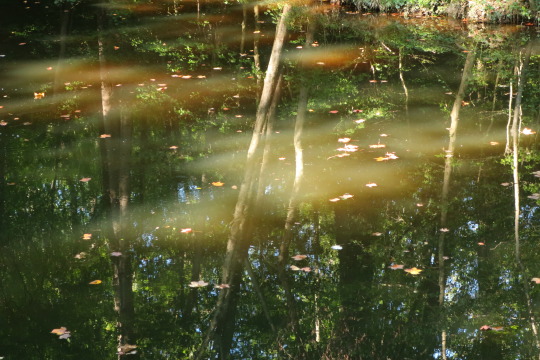
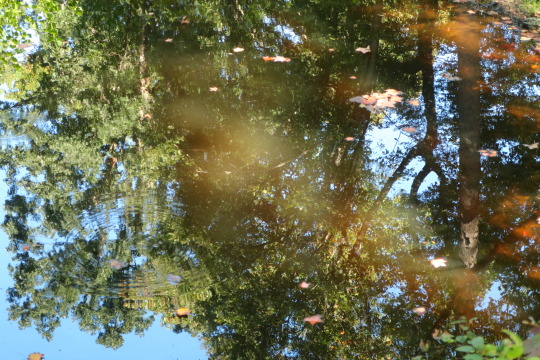
9/19/23 - Lake in Northern VA
#Nature#Nature Log#Places#Virginia#Northern Virginia#Summer#Late Summer#Early Autumn#Autumn#Forest#Photography#river#stream#water#watercore#photographers on tumblr#original photography
5K notes
·
View notes
Text

Musical ~The Emerald Witch and the Werewolves' Forest~
MAIN VISUAL!!!!!! (source)
#kuroshitsuji#black butler#kuromyu#sieglinde sullivan#wolfram gelzer#ciel phantomhive#sebastian michaelis#green witch arc#emerald witch arc#SHUT UPPPPPPPPPPP I WAS JUST ABOUT TO LOG OFF MY COMPUTER FOR THE NIGHT#have we decided on what we're calling this kuromyu in shorthand. will come back to add the tag at a later date.#as well as cast member names I GOTTA GO TO BED#the emerald witch and the werewolves' forest#clara#onoda ryunosuke#小野田龍之介#tateishi toshiki#立石俊樹#kobayashi ikuma#小林郁大
215 notes
·
View notes
Text

summer moon
#original photography#photography#mine#nostalgia#americana#trees#winter#ice#ice lake#frozen lake#frozen water#park#woods#forest#lake#lakeside#snow#snowy#snow fall#branches#logs#fallen branches#sunlight#setting sun#nature#landscape
226 notes
·
View notes
Text
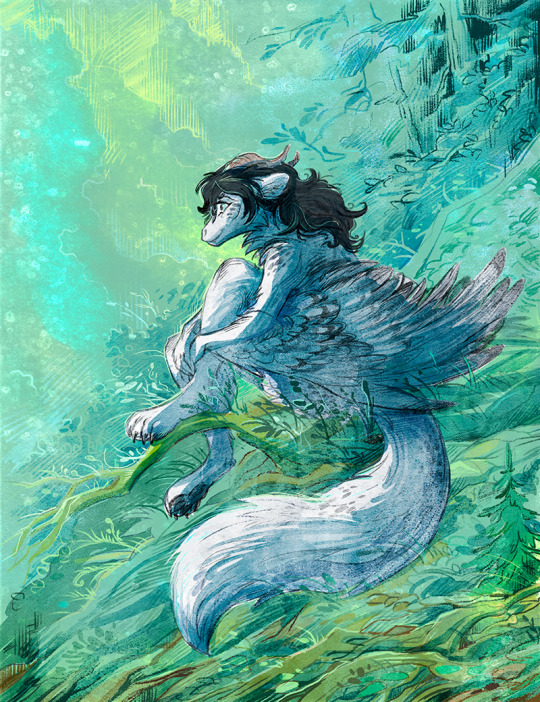
Observing all the nature chants
Bonus sketch for FayeRunehowl
Thank you for trusting me with this!
#anthro#fantasy#sketch#hybrid#dragon#forest#nature#plants#trees#tree#wood#log#roots#sky#green#clouds#spruce#bush#fluffy#horns
157 notes
·
View notes
Text
I am going to make a doodle page for Classified, Feel free to throw suggestions at me for little guys, I might give you some fun facts ^-^
2 notes
·
View notes
Photo
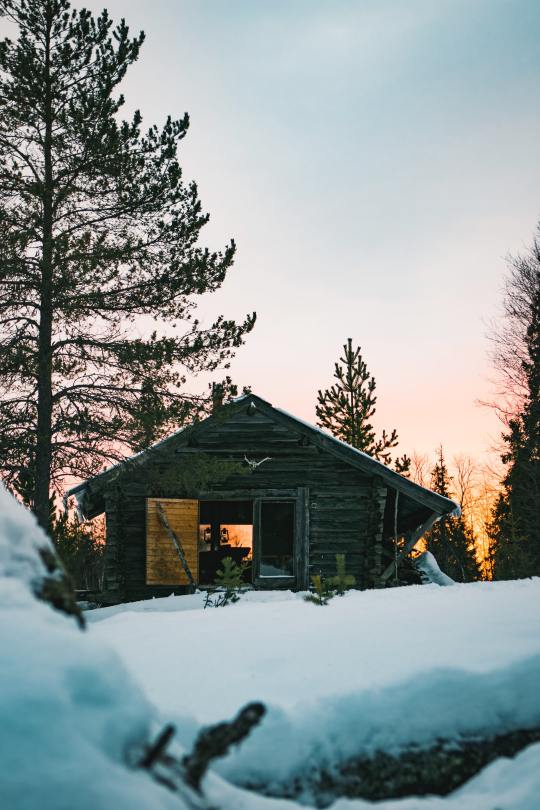
Credit: Domino
#sweden#cabin#cottage#log cabin#shack#shed#hut#housing#building#rural#rustic#outdoors#pine#nature#alpine#forest#adventure#explore#snowshoeing#winter#snow#cold#cottage aesthetic#cabincore#mountains#chalet#snowy#wintertime#frosty#wilderness
1K notes
·
View notes
Text
My company organised an outing to the newly opened Rainforest Wild Asia. Opened on 12 March 2025, this first-of-its-kind adventure-based zoological park spans 13 hectares within the Mandai Wildlife Reserve, bringing the magic of Southeast Asia’s rainforests right to Singapore. We set off in two buses with the smaller bus moving off first and the larger bus promptly following behind. We were the first to reach the destination but there was no sight of the smaller bus. My colleague contacted me, and we found out that the other bus had dropped them off at the Mandai Rainforest Resort which is quite a distant away from where we are supposed to be. Person-in-charge had to call the transport company to fetch them to the correct venue.
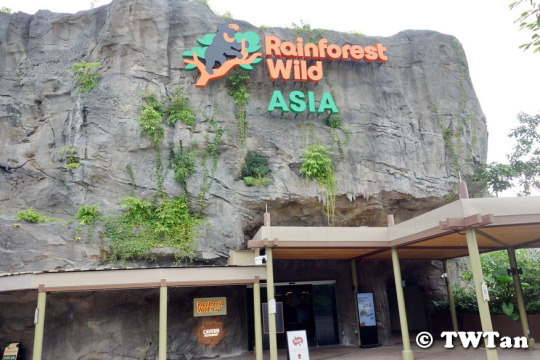
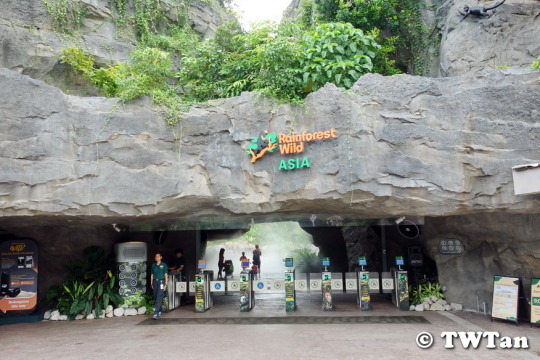
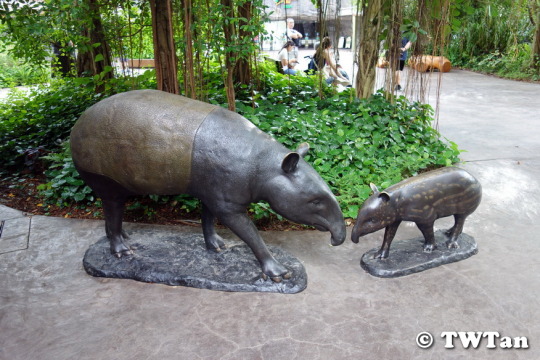
Me and my two colleagues decided to explore the new attraction together. Scanning the QR code from our e-ticket at the entrance, we were greeted with a mist filled Entrance Gorge. At the other end is a pond with Asian Arowana (Scleropages formosus) and Southern River Terrapin in it.
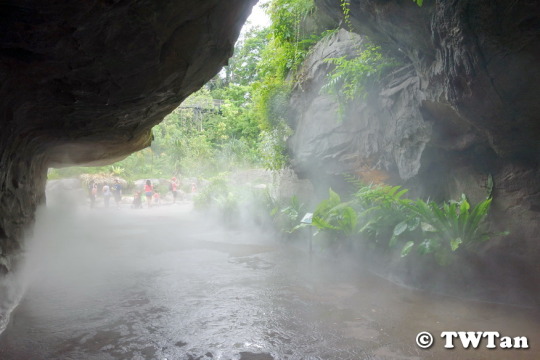
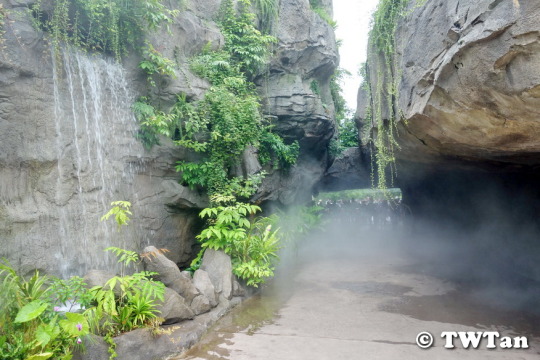
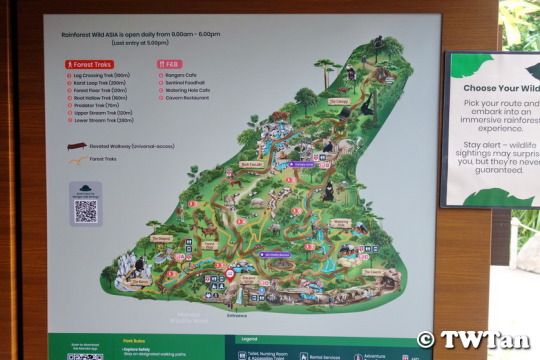
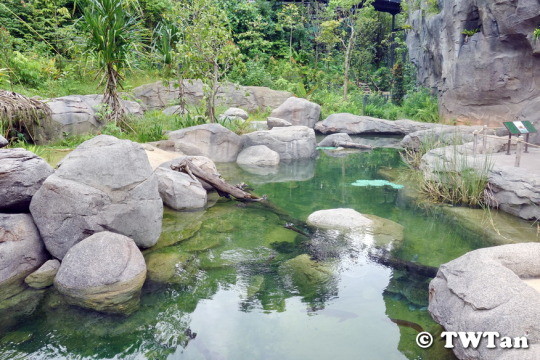
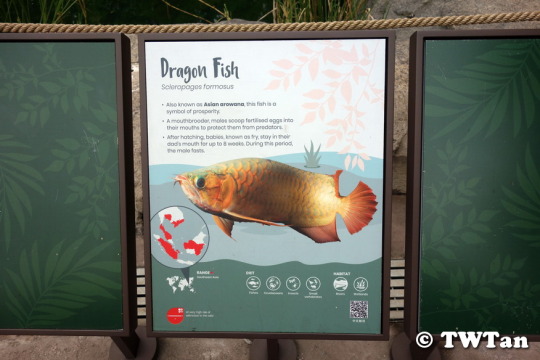
Immediately, we were presented with two choices, Elevated Walkway on the left or Forest Treks on the right. We decide to venture off the beaten path and proceeded onto the Log Crossing Trek which is approximately 100m long. Trekking into the undergrowth, we soon discovered that there were no animals to be seen if we stay on the forest floor so we headed upstairs.
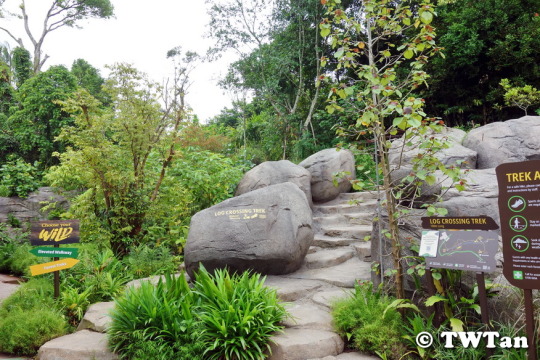
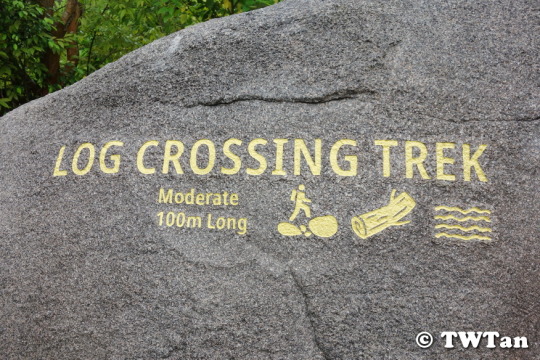
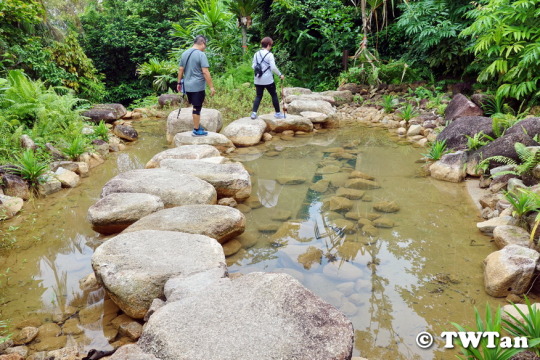
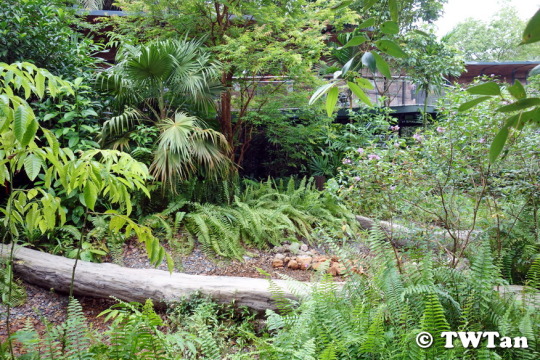

#Rainforest Wild Asia#Mandai Wildlife Reserve#Newly Open#Zoological Park#Wild Animals#Forest Treks#Log Crossing Trek#Waterfall#Streams#Fallen Logs#Flora#Fauna#Company's Outing#Buffetlicious
97 notes
·
View notes
Text
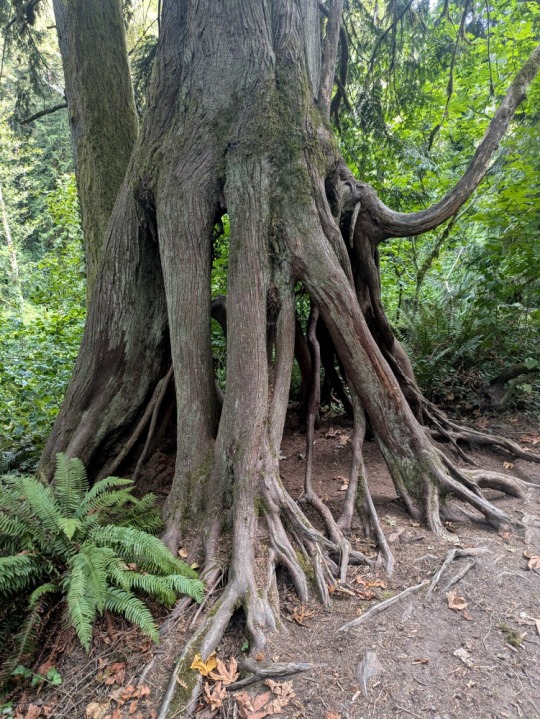
Sometimes in a northwestern conifer forest I come across a tree that sprouted on a nurse stump which has long since decayed away. The silhouette of the stump can still be seen in the contours of the living tree's roots; I often call these ghost stumps. This picturesque individual grows on the Red Fox Trail at Tryon Creek State Natural Area in Portland, OR. You can read more about nurse stumps here.
#forests#trees#nurse log#old growth forest#woods#woodland#PNW#Pacific Northwest#Oregon#nature#ecology#science#scicomm
534 notes
·
View notes
Text

chungo creek, alberta (chungo is a word derived from the Stoney language, meaning "trail")
155 notes
·
View notes
Text
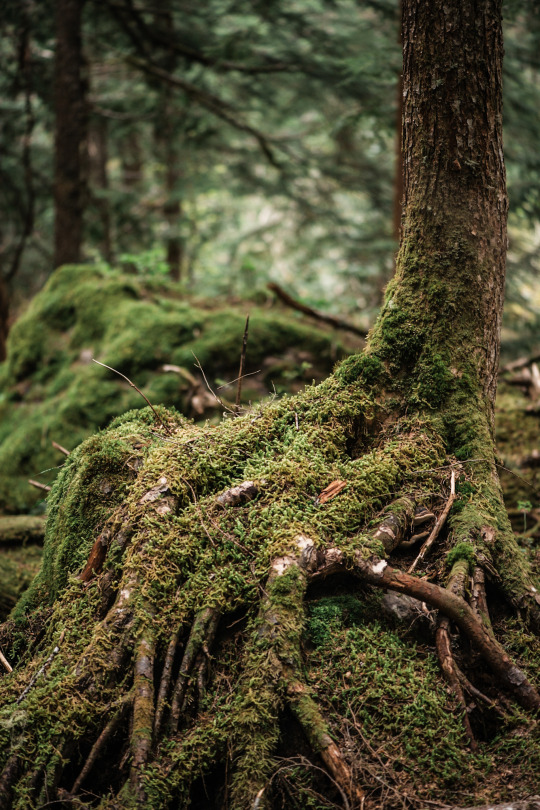
Mossy Roots
#artists on tumblr#original photographers#original photography#hiking#pacific northwest#nature#washington#nikon#pnw#orofeaiel#forest#moss#roots#nurse stump#nurse log#forest finds#trees#mossy
626 notes
·
View notes
Text
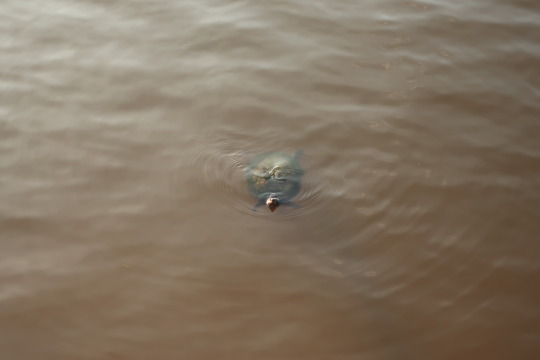


10/08/2024; Corolla, North Carolina
#photography#Nature#Nature Log#Places#autumn#fall#Forest#Photography#river#stream#water#watercore#photographers on tumblr#original photography#north carolina#turtle#turtles
447 notes
·
View notes
Text

171 notes
·
View notes